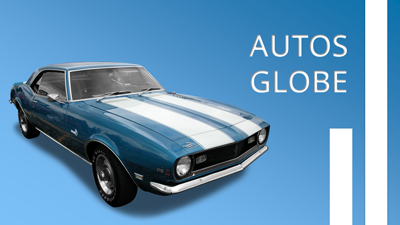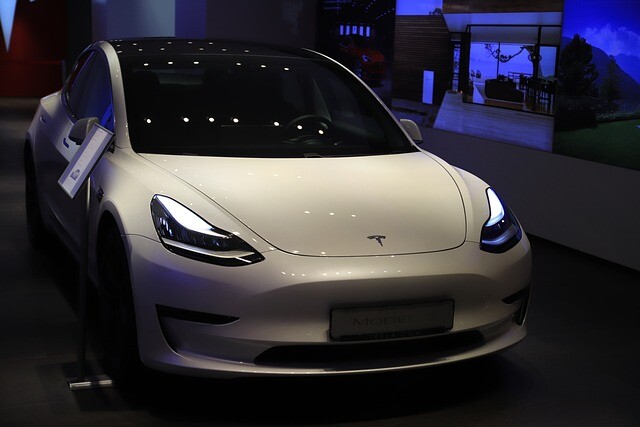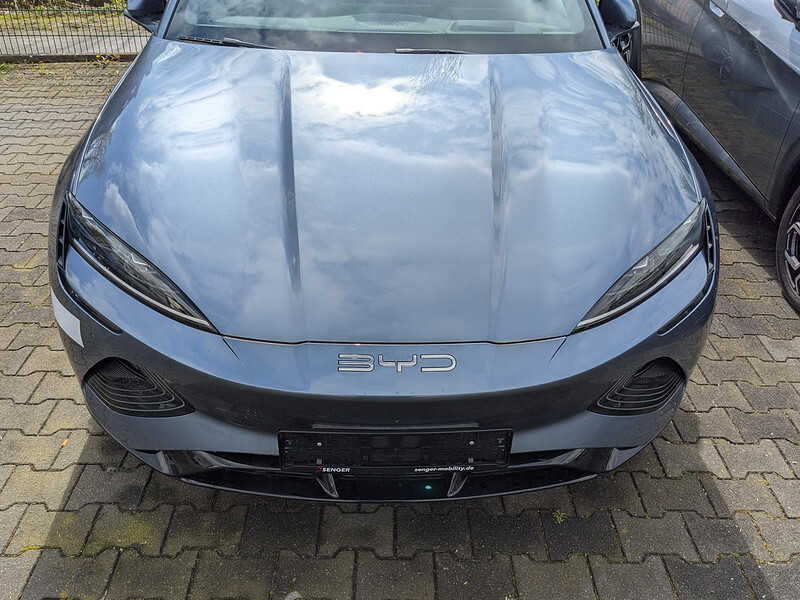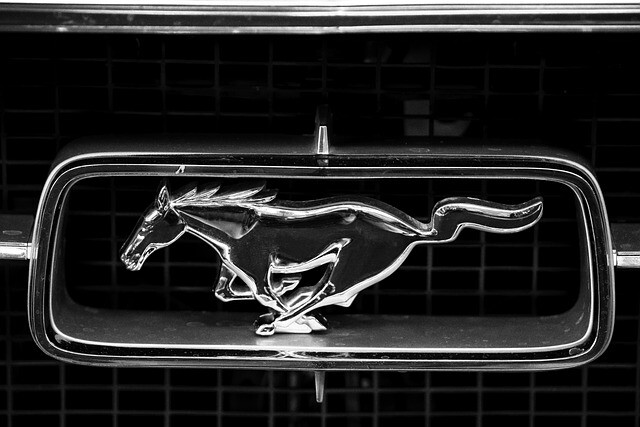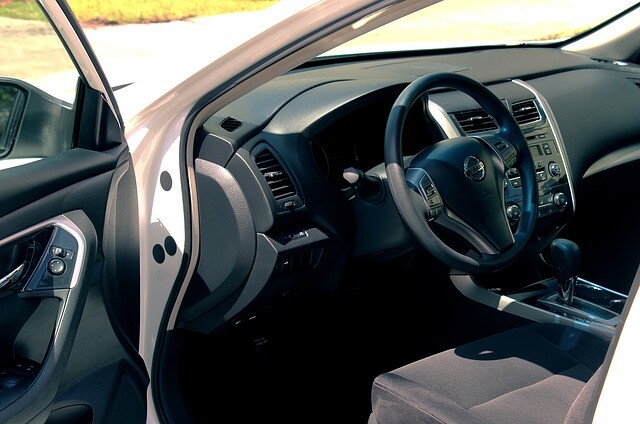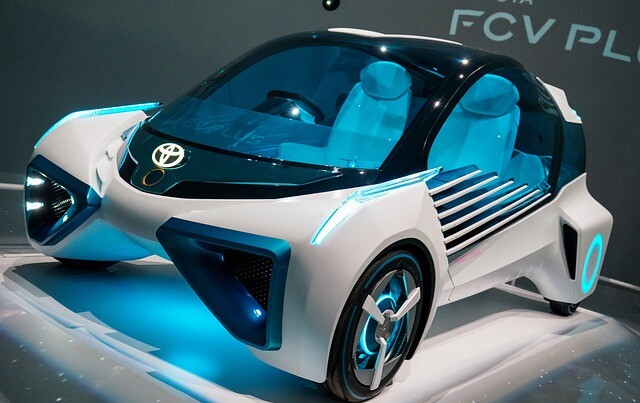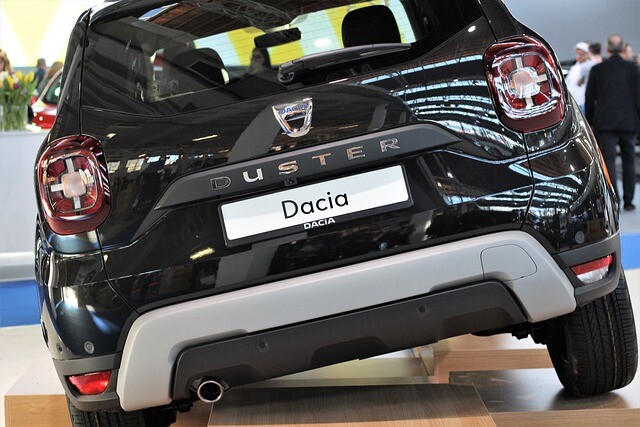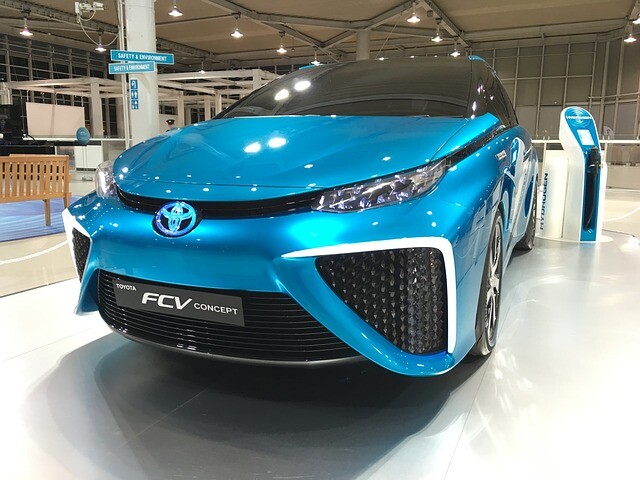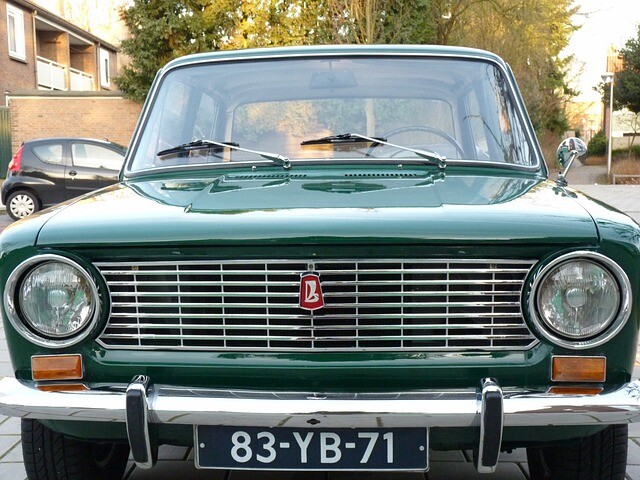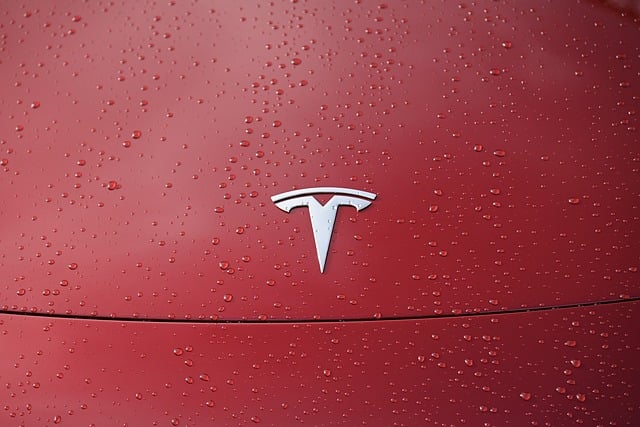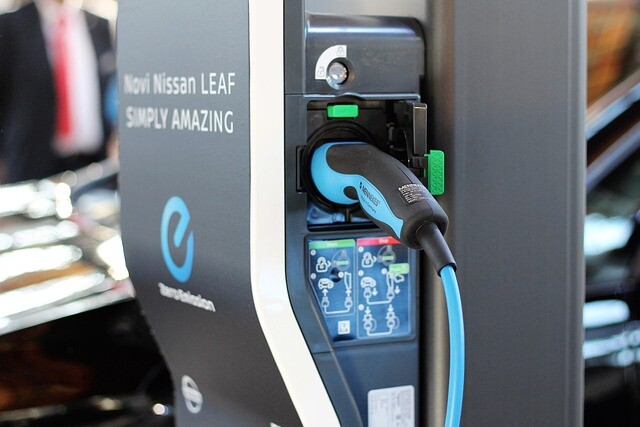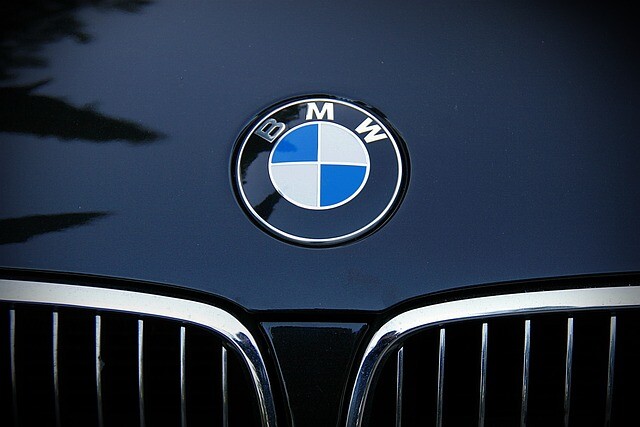There are plenty of scooters at home
According to the calculations of the experts of the Mobility Association of the Future, 30-40 thousand scooters can currently be used as a means of transport in Hungary, the organization informed on Monday.

According to the announcement, they typically do 4-8 kilometers with one device at a time. This distance has increased from 2 kilometers during the coronavirus epidemic, which is probably due to the greater avoidance of public transport.
With the help of scooters, 30-40 minute car journeys and long-term parking space searches can be reduced to 8-10 minutes, the association said.
The organization conducted an online survey with more than 700 respondents last year. About 70 percent of domestic respondents said they had already driven an electric vehicle. Most of them, 96 percent, drove an electric car, followed by a 32 percent scooter, 30 percent an e-bike, an 18 percent segway, and a 15 percent scooter.
The statement cites Gábor Pukler, president of the Future Mobility Association, who said members of the younger generation are much more willing to switch between different modes and means of transport, not adhering to their own means, depending on which is more efficient and economical in a given situation.
The organization also drew attention to the fact that in addition to the purchase price of the device, a self-owned e-roller is a very cheap means of transport, a sufficient charge for a range of 20-40 kilometers means less than 20 forints. The scooters can be transported for free on public transport, but when folded, they can also fit in the trunk of a smaller car, so they are suitable for the user to park farther and get there.
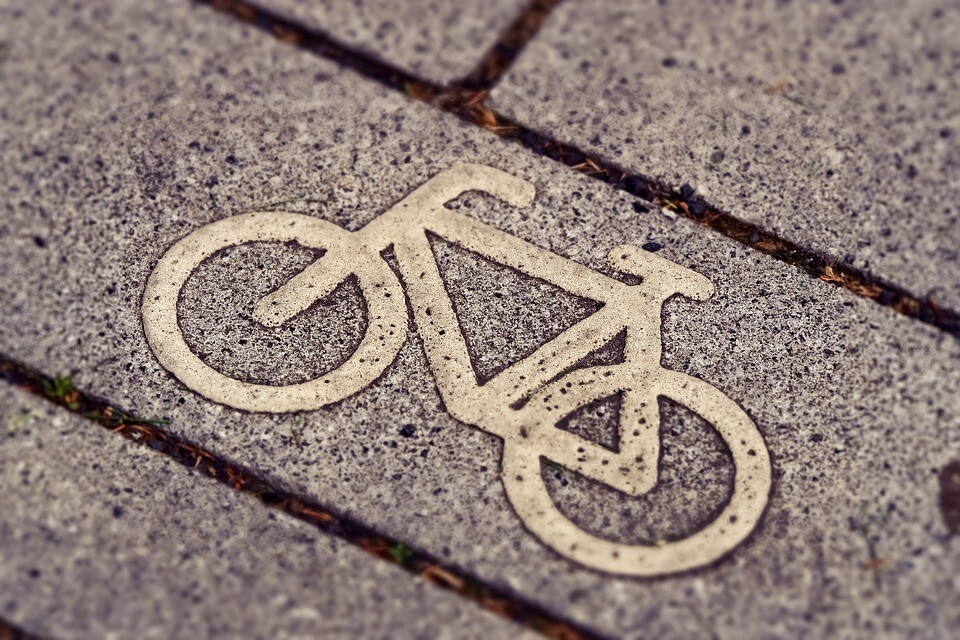
According to the announcement, almost 100,000 people have already registered in Mol BUBI's rental bike system. BUBI is used for an average of about 15 minutes, and in 2021 their users covered more than 2.5 million kilometers, thanks to which the capital is emitted 414 tonnes of carbon dioxide a year.
According to the Mobility Alliance of the Future, micromobility tools are also a good choice in terms of sustainability. While a petrol car can only do 2 kilometers using a kilowatt-hour of energy, an electric car 6, an electric scooter 35 and an electric scooter 100 kilometers. They do not cause air pollution locally, so downtowns, where the use of these devices is most prevalent, will remain more livable and traffic jams will be reduced.
The organization also said in a statement that the regulations for bicycles are much clearer, but there are no regulations for scooters yet. Micromobility is a dynamically developing market, so the existence of these tools must be taken into account in urban development in the future. For now, parking on community scooters can make the cityscape messy, with more and more virtual or physical docking stations being set up to deal with the problem.
According to the announcement, the biggest winner in Budapest due to the epidemic was the micromobility sector, including bicycles. According to the objective of the Budapest Mobility Plan, the share of bicycle traffic will reach 5 percent by 2030, and pedestrian traffic will reach 15 percent in terms of the length of travel, but not instead of using public transport, but in combination with it.
Referring to the latest study by the EIT InnoEnergy, the Future Mobility Association said the micromobility market will grow to € 380 million across Europe over the next six years. The EIT InnoEnergy estimates that by 2030, there will be around 30 million private e-bikes and e-scooters and 2.7 million public transport on the continent.
(Source: autokalauz.co.hu; MTI | Image: pixabay.com)
